10 Best Herbal Creams For Insect Bites
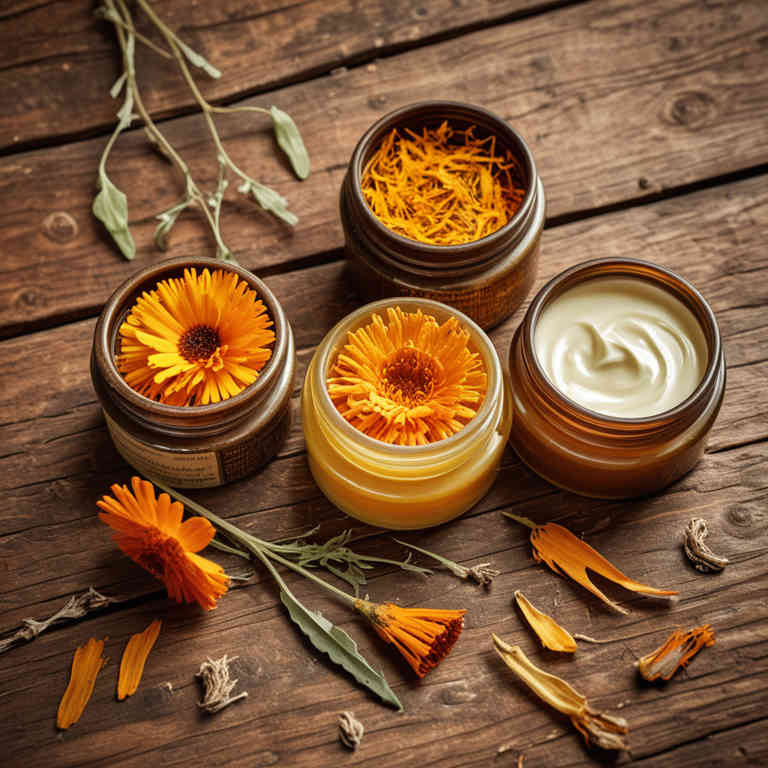
Herbal creams for insect bites are natural remedies that often contain ingredients like aloe vera, chamomile, and calendula, which are known for their soothing and anti-inflammatory properties.
These creams can help reduce redness, swelling, and itching caused by insect bites, providing relief without the use of harsh chemicals. Many herbal formulations also include essential oils such as lavender or neem, which have antimicrobial and calming effects. Unlike traditional corticosteroid-based treatments, herbal creams are generally considered safe for long-term use and are suitable for sensitive skin.
They are a popular choice for people seeking alternative, holistic approaches to managing insect bite discomfort.
FREE Herb Drying Checklist
How to make sure every batch retains maximum flavor, color, and aroma without the risk of mold or over-drying. Eliminate guesswork and trial-and-error, making herb drying faster, easier, and more efficient every time.
Table of Contents
1. Calendula officinalis
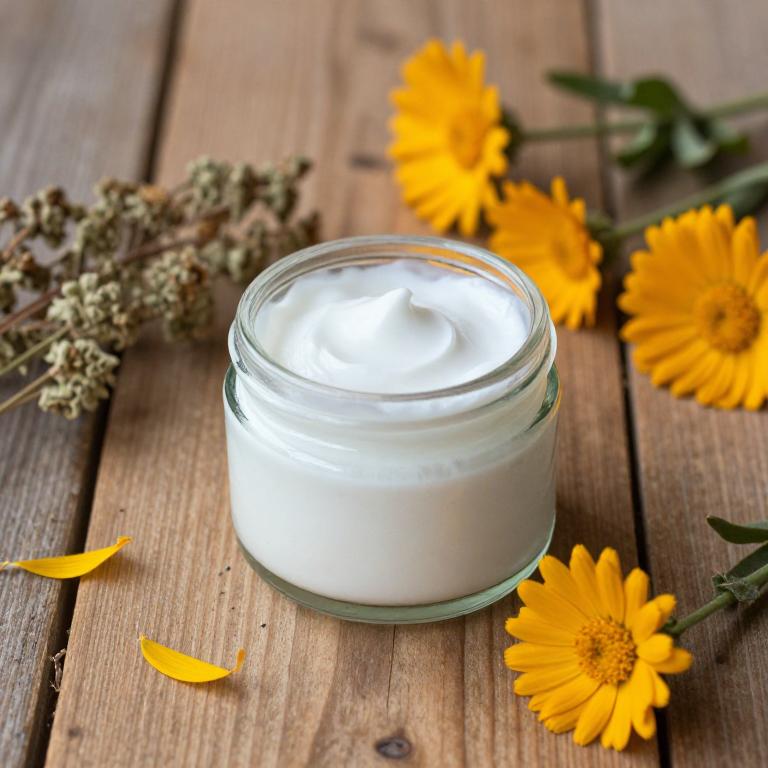
Calendula officinalis herbal creams are widely used for their soothing and anti-inflammatory properties, making them an effective remedy for insect bites.
These creams contain extracts from the flowers of the calendula plant, which are known to reduce redness, swelling, and irritation caused by bites from mosquitoes, bees, or spiders. The natural compounds in calendula, such as flavonoids and triterpenoids, help promote healing and protect the skin from further damage. Many people prefer these creams over conventional antihistamines because they are gentle and less likely to cause side effects.
When applied topically, calendula officinalis creams can provide quick relief and support the skin's natural recovery process.
2. Hypericum perforatum
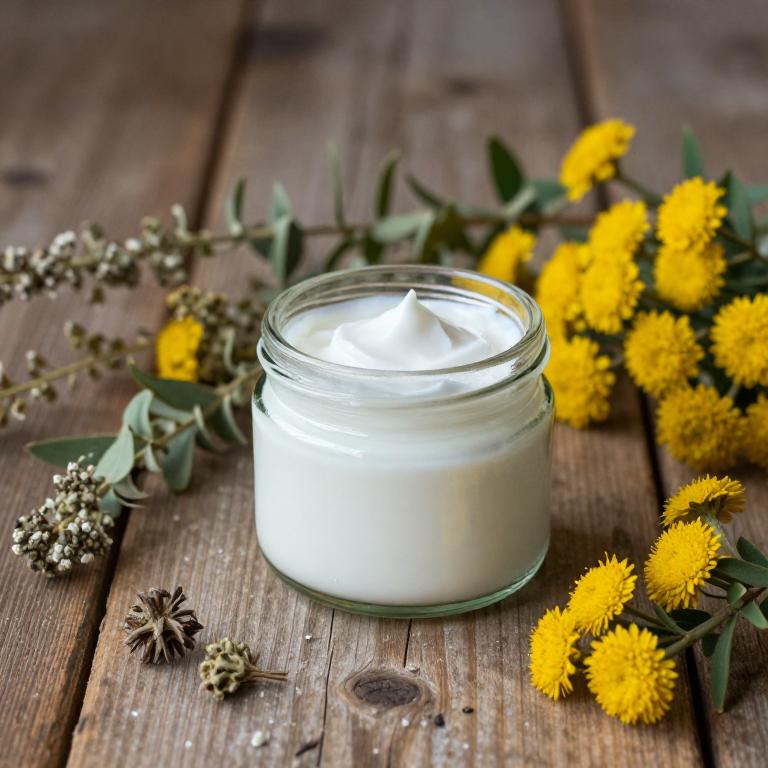
Hypericum perforatum, commonly known as St. John's Wort, is a herbal plant that has been traditionally used for its anti-inflammatory and antiseptic properties.
Hypericum perforatum herbal creams are often formulated with extracts of the plant to provide relief from the irritation and inflammation caused by insect bites. These creams can help reduce redness, swelling, and itching by soothing the affected skin area. They are generally considered safe for topical use, though individuals with sensitive skin should perform a patch test before applying.
While they may not replace prescription treatments for severe reactions, they can be a natural and effective option for mild to moderate insect bite symptoms.
3. Urtica dioica
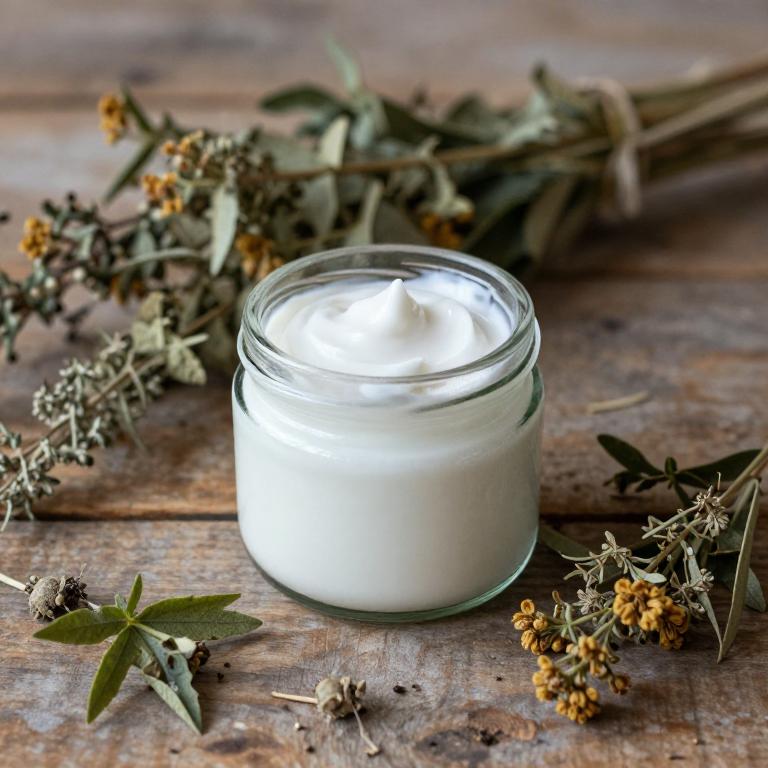
Urtica dioica, commonly known as stinging nettle, is often used in herbal creams to alleviate the symptoms of insect bites due to its anti-inflammatory and soothing properties.
These creams typically contain extracts from the leaves of the plant, which are rich in compounds like histamine and formic acid that can help neutralize the irritants from insect stings. The cooling effect of urtica dioica creams can provide immediate relief from itching and swelling, making them a popular natural remedy. Additionally, the plant's high concentration of antioxidants may support skin healing and reduce the risk of infection.
However, individuals with allergies to plants in the Urticaceae family should exercise caution when using these products.
4. Aloe barbadensis
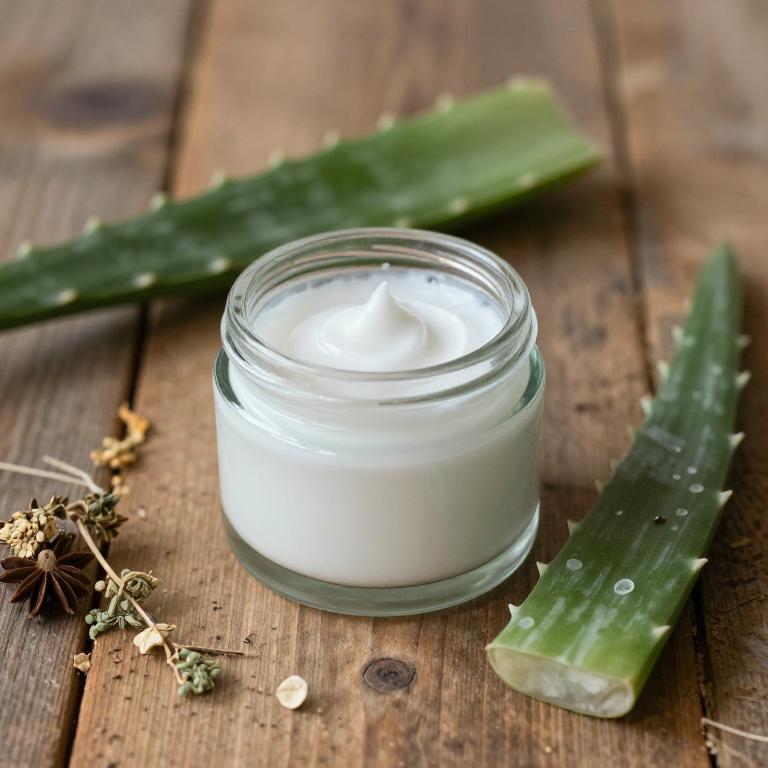
Aloe barbadensis, commonly known as aloe vera, is often used in herbal creams to soothe insect bites due to its anti-inflammatory and moisturizing properties.
These creams help reduce redness, swelling, and itching by calming the skin's inflammatory response. The soothing gel from aloe vera also promotes healing and can prevent infection when applied to irritated skin. Many natural remedies incorporate aloe-based products for their gentle, skin-friendly formulation.
Overall, aloe barbadensis herbal creams offer a safe and effective alternative for relieving the discomfort of insect bites.
5. Echinacea purpurea
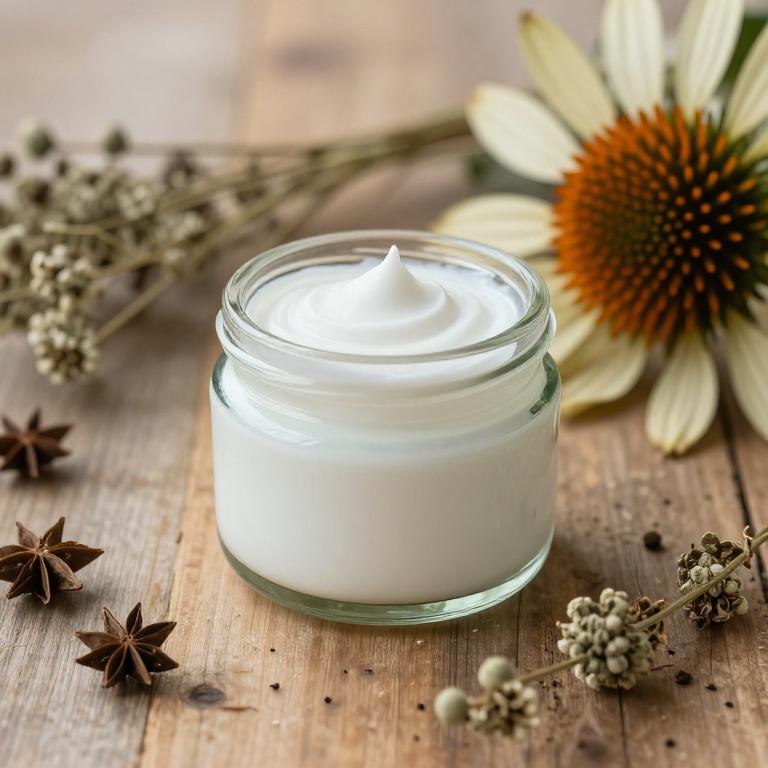
Echinacea purpurea, commonly known as purple coneflower, is a popular herbal remedy often used in the form of creams to alleviate symptoms of insect bites.
These creams typically contain extracts of the plant, which are believed to have anti-inflammatory and antimicrobial properties that can help reduce redness, swelling, and itching. When applied topically, echinacea-based creams may provide soothing relief and promote faster healing of the affected skin. However, it is important to note that while some studies suggest potential benefits, more research is needed to fully confirm their efficacy for insect bite treatment.
As with any herbal product, individuals should consult with a healthcare provider before use, especially if they have known allergies or are taking other medications.
6. Lavandula angustifolia
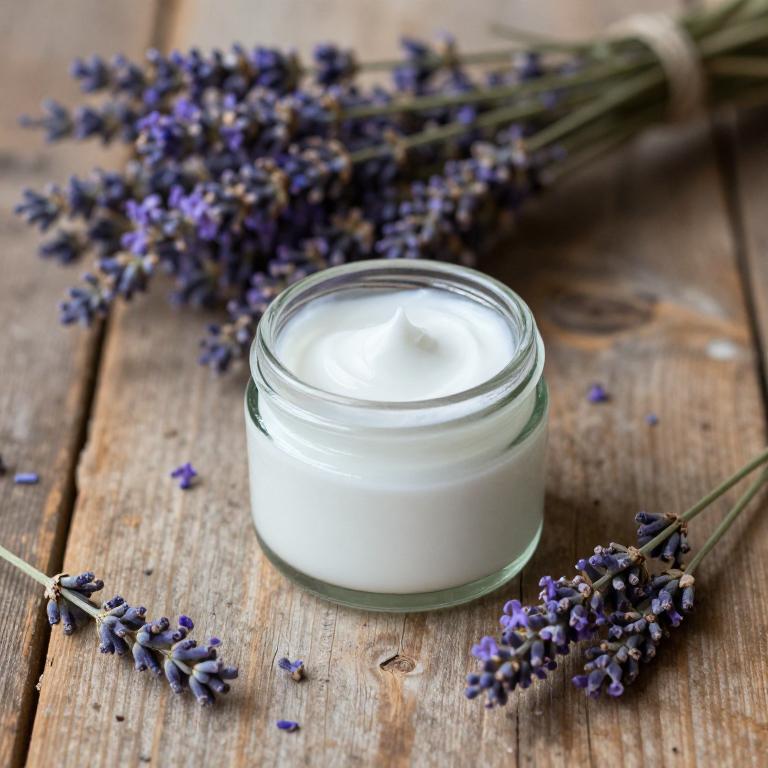
Lavandula angustifolia, commonly known as English lavender, is often used in herbal creams for its soothing and anti-inflammatory properties.
These creams typically contain lavender essential oil or extracts, which help to reduce redness, swelling, and itching caused by insect bites. The calming aroma of lavender also provides a relaxing effect, promoting overall comfort during the healing process. Many users find that applying lavender-based creams can accelerate skin recovery and prevent infection.
Due to its natural ingredients, lavender herbal cream is a popular choice for those seeking a gentle, plant-based remedy for insect bite relief.
7. Vitex agnus-castus
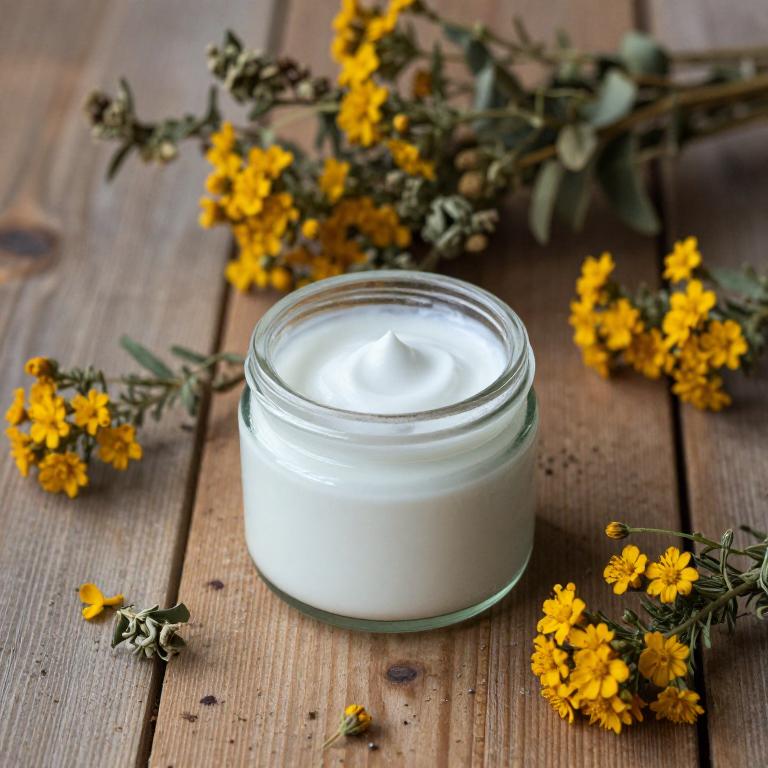
Vitex agnus-castus, commonly known as chaste tree, is often used in herbal remedies for its potential anti-inflammatory and soothing properties.
When incorporated into creams, vitex can help alleviate the redness, swelling, and itching associated with insect bites. These herbal creams may provide a natural alternative to conventional antihistamines and corticosteroids for those seeking holistic treatment options. The essential oils and extracts from vitex are believed to promote skin healing and reduce irritation.
However, it is important to consult a healthcare professional before using vitex-based products, especially for individuals with allergies or sensitive skin.
8. Zingiber officinale
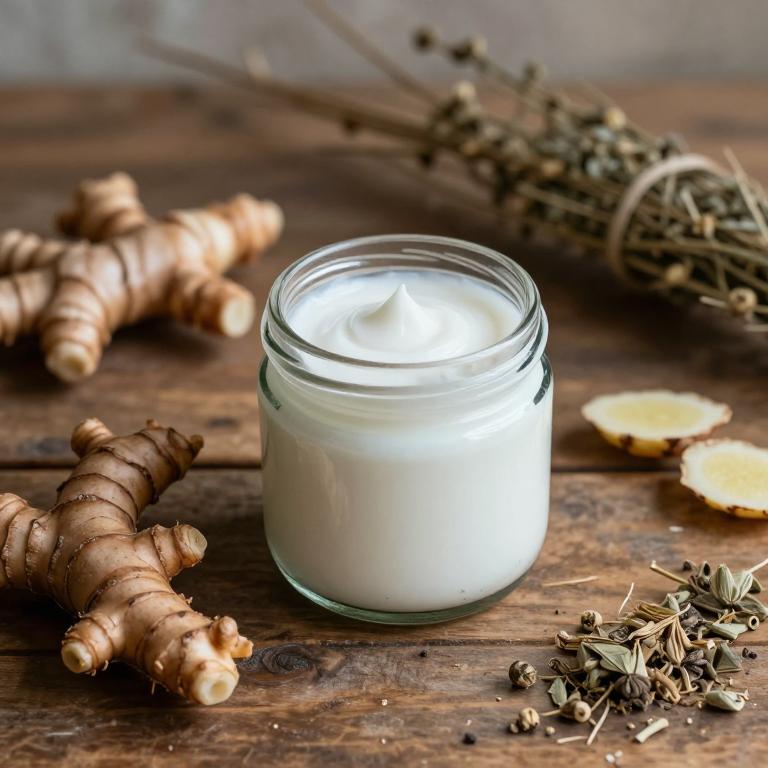
Zingiber officinale, commonly known as ginger, has been traditionally used for its anti-inflammatory and analgesic properties, making it a valuable ingredient in herbal creams for insect bites.
These creams often combine ginger extract with other natural components like aloe vera or calendula to enhance their soothing and healing effects. The active compounds in ginger, such as gingerol and shogaol, help reduce swelling, redness, and itching associated with insect bites. Applying a zingiber officinale herbal cream can provide rapid relief and promote faster recovery of the affected skin.
Due to its natural and gentle formulation, it is often preferred by individuals seeking alternative or complementary treatments for insect bite irritation.
9. Symphytum officinale
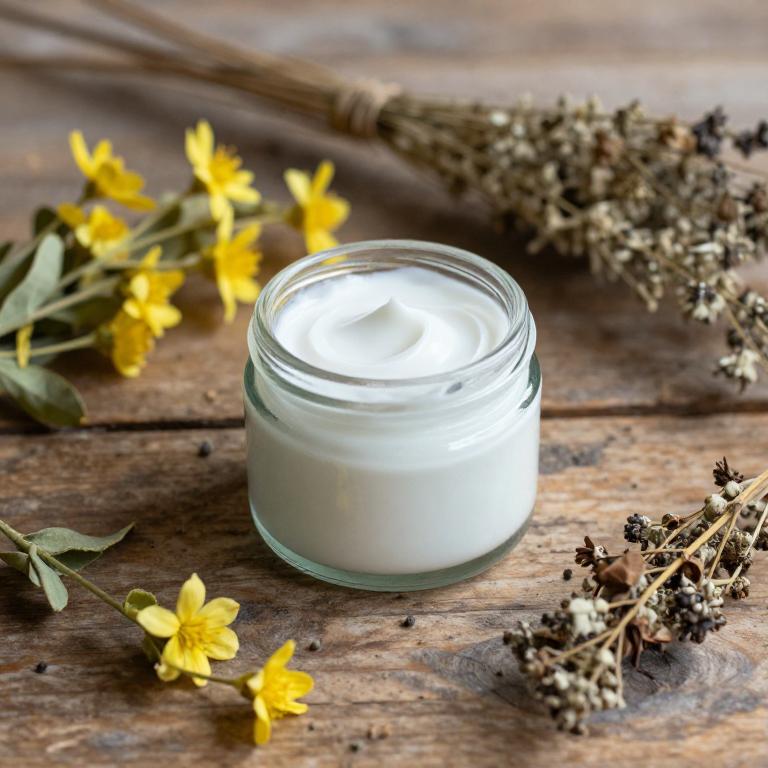
Symphytum officinale, commonly known as comfrey, is often used in herbal creams for its potential soothing and healing properties.
These creams may help reduce inflammation and promote skin repair after insect bites, such as those from mosquitoes or bees. However, it is important to note that comfrey contains allantoin and rotenone, which can be toxic if absorbed through the skin, especially with prolonged use. Due to these risks, many healthcare professionals advise caution and recommend alternative treatments for insect bite relief.
Despite its traditional use, the safety and efficacy of comfrey-based creams for insect bites remain a topic of debate in the medical community.
10. Achillea millefolium
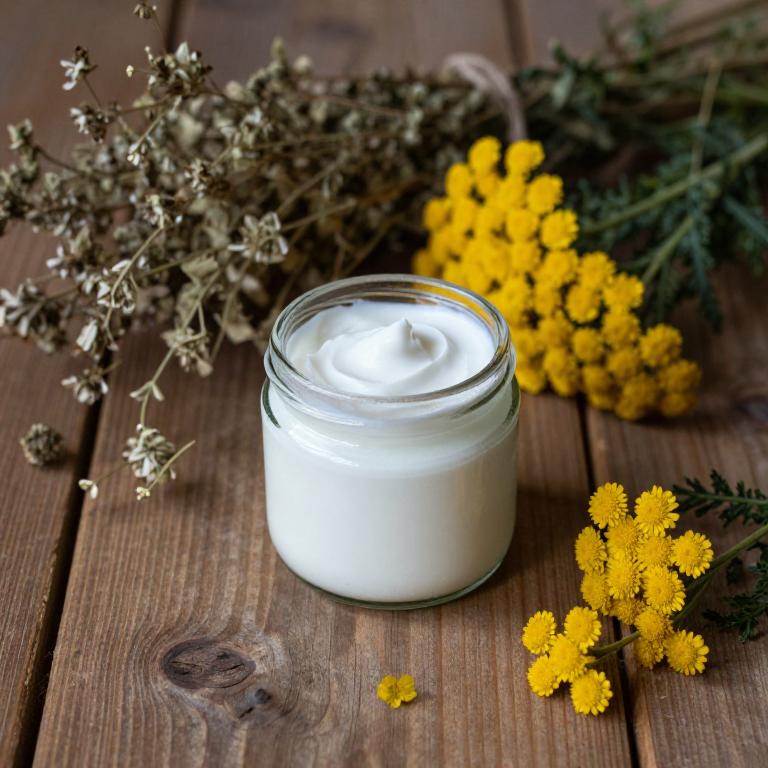
Achillea millefolium, commonly known as yarrow, is often used in herbal creams to alleviate the discomfort caused by insect bites.
These creams typically contain a blend of yarrow extract, which has anti-inflammatory and antiseptic properties, along with other soothing herbs like calendula and chamomile. The combination helps reduce redness, swelling, and itching associated with mosquito, bee, or tick bites. Applying such creams can provide natural relief without the side effects of synthetic corticosteroids.
Many people prefer these herbal remedies for their gentle yet effective approach to treating minor skin irritations caused by insects.